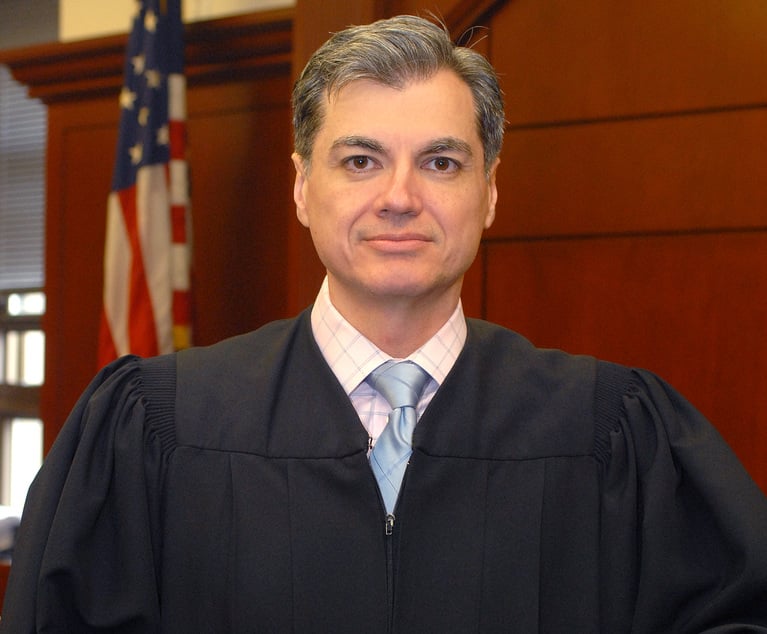 When a company declares bankruptcy, avoidance actions under Chapter 5 of the Bankruptcy Code (the Code) can assist in securing extra cash for the debtor’s dwindling estate. When a debtor-in-possession does not pursue these claims, creditors’ committees often seek the bankruptcy court’s authorization to pursue them on behalf of the estate, through “derivative standing.” Once granted such authorization through a “standing order,” a creditors’ committee is said to “stand in the debtor’s shoes” because it has permission to litigate certain claims belonging to the debtor that arose before bankruptcy. A standing order typically specifies which claims and rights originally belonging to the debtor the committee may pursue in the litigation.
When a company declares bankruptcy, avoidance actions under Chapter 5 of the Bankruptcy Code (the Code) can assist in securing extra cash for the debtor’s dwindling estate. When a debtor-in-possession does not pursue these claims, creditors’ committees often seek the bankruptcy court’s authorization to pursue them on behalf of the estate, through “derivative standing.” Once granted such authorization through a “standing order,” a creditors’ committee is said to “stand in the debtor’s shoes” because it has permission to litigate certain claims belonging to the debtor that arose before bankruptcy. A standing order typically specifies which claims and rights originally belonging to the debtor the committee may pursue in the litigation.
However, for parties whose cases advance to discovery, such a standing order may cause issues by leaving undecided the allocation of attorney-client privilege and work product protection between the debtor and committee. Inevitably, most if not all documents that the committee will use to make its case were created by the debtor before bankruptcy, and collected by the committee thereafter.






